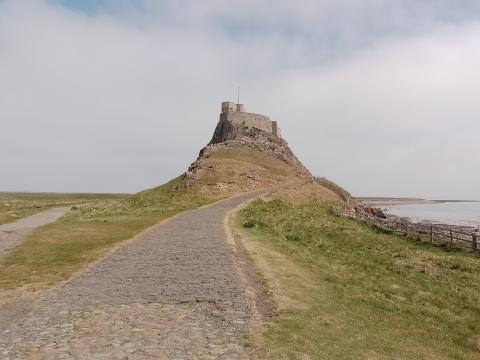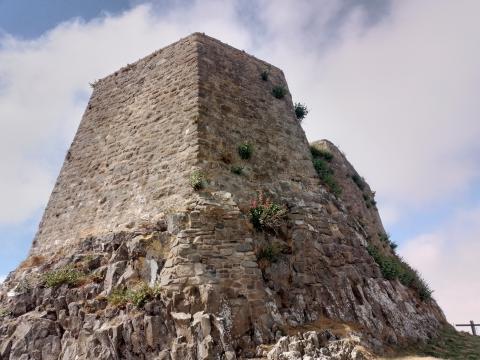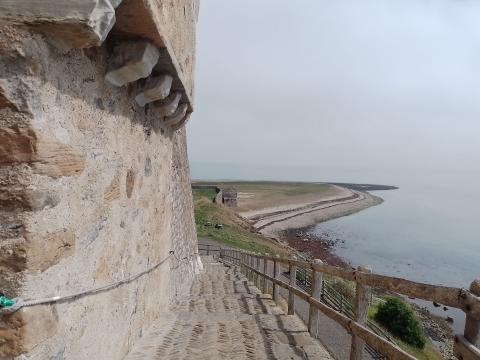Lindisfarne Castle

I called at Lindisfarne last month, otherwise known as Holy Island. There is not much there, and the causeway is subject to the tide, threatening to prevent entry or exit from the island depending on the time of day and position of the moon. There is an ancient church and a ruined priory, a few houses and several tourist shops and cafes, as well as an inevitably large and expensive car park. Perhaps a more emotional (“deeply spiritual”) person would have entertained more intensive feelings of piety upon entering its hallowed ground, but I found it rather uninspiring. The best part was the castle, perched on a craggy hillock away from the rest. Owned by the National Trust, which for reasons best known to itself had not bothered to open it that Tuesday afternoon (perhaps sending its available staff on additional diversity training), we could only inspect it from without.

Despite its excellent defences and strategic position, it dates only to Tudor times and has been extensively remodelled since then. Those who find Lindisfarne to be a deeply moving place, awash with pulsing spirituality which well rewards Christian pilgrims, may marvel at having a fortress bestriding the sacred isle. Although this castle has seen little action and is now just another stop off on the tourist trail, we must be reminded that Christian truth is always in need of defence. From godless unbelievers, apostates and idolaters without and heretics and lethargy within, we must shield and guard gospel truth. The New Testament likens believers to farmers, builders, freedmen, athlete’s and children, but also soldiers.

He teaches my hands to make war,
So that my arms can bend a bow of bronze. Psalm 18:34

- Log in to post comments


 Sunday Worship 10.45am & 6.00pm
Sunday Worship 10.45am & 6.00pm